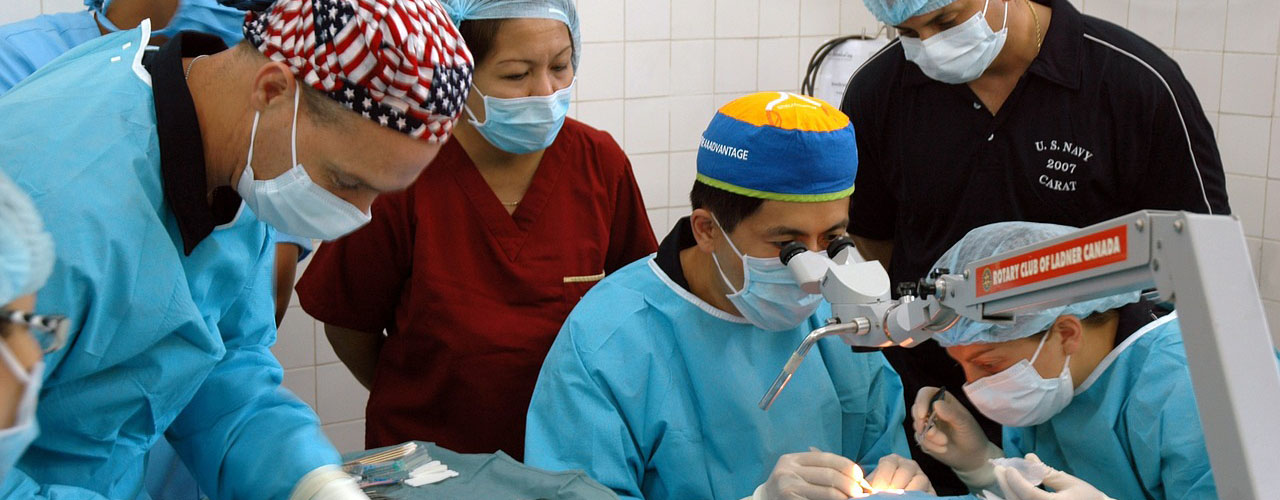
Childhood obesity is a growing concern worldwide, impacting millions of children and leading to long-term health complications. As parents, it’s crucial to take an active role in ensuring that our children maintain a healthy lifestyle. Childhood obesity prevention requires understanding the root causes of obesity, making healthier choices, and fostering habits that prioritize physical and emotional well-being. By recognizing the importance of a balanced diet, regular physical activity, and emotional health, we can guide our children toward a healthier future. This article will explore practical strategies for parents to help prevent childhood obesity while creating a foundation for lifelong well-being.
Understanding the Causes of Childhood Obesity
Before diving into prevention tips, it’s essential to understand the various factors contributing to childhood obesity. While genetics can play a role, lifestyle choices have a much more significant impact. These factors include diet, physical inactivity, sleep patterns, and the influence of family habits. The modern environment, with easy access to unhealthy foods, sedentary activities like screen time, and a lack of outdoor play, has made it easier for children to develop poor health habits.
1. Poor Diet Choices:
A diet rich in sugary snacks, fast food, and processed meals can lead to weight gain in children. These foods are often high in calories, sugar, and unhealthy fats, while lacking essential nutrients like vitamins and minerals. Children who are regularly exposed to these food choices are at a higher risk of becoming overweight or obese.
2. Lack of Physical Activity:
Sedentary behavior, such as excessive screen time and insufficient physical activity, is another contributing factor to childhood obesity. With the growing use of smartphones, tablets, and video games, children spend more time indoors and are less likely to engage in outdoor activities like sports, walking, or cycling.
3. Emotional and Psychological Factors:
In some cases, emotional eating and poor mental health can also play a role in the development of childhood obesity. Children who experience stress, anxiety, or low self-esteem may turn to food for comfort, leading to overeating and unhealthy weight gain. Therefore, it’s important to address not just the physical aspects of childhood obesity but also its emotional components.
Practical Tips for Parents to Prevent Childhood Obesity
While the causes of childhood obesity can seem overwhelming, there are many practical steps parents can take to foster a healthier lifestyle for their children. Prevention begins at home, where parents can create a supportive environment that encourages healthy habits.
1. Encourage Healthy Eating Habits:
One of the most effective ways to prevent childhood obesity is to promote a balanced diet rich in fruits, vegetables, whole grains, lean proteins, and healthy fats. Involve children in meal planning and preparation to help them develop an appreciation for nutritious foods. Reducing portion sizes and limiting sugary drinks, such as soda, can also make a significant impact.
Subheading: Create a Family Meal Routine
Establishing a regular family meal routine not only promotes healthy eating but also encourages bonding. Sitting down for meals together allows parents to model healthy eating habits and set a positive example for children. Make sure to offer a variety of healthy food options, allowing children to choose what they prefer while still ensuring they are eating balanced meals.
2. Promote Regular Physical Activity:
Physical activity is another cornerstone of childhood obesity prevention. Aim to incorporate at least 60 minutes of moderate to vigorous physical activity into your child’s daily routine. Encourage your child to participate in activities such as swimming, biking, running, or team sports. Making physical activity fun and engaging will increase the likelihood of your child developing an active lifestyle.
Subheading: Limit Screen Time
Limiting the amount of time spent on screens can have a direct impact on preventing childhood obesity. The American Academy of Pediatrics recommends no more than two hours of recreational screen time per day for children over the age of two. Encouraging your child to participate in physical activities rather than passive screen time will help reduce the risk of sedentary behaviors and weight gain.
3. Foster Emotional and Psychological Well-Being:
A child’s emotional health plays a significant role in their overall well-being. Teach your children healthy ways to cope with emotions, such as talking to a parent or engaging in activities like drawing, writing, or playing outside. If you suspect your child is struggling with emotional eating or poor self-esteem, consider seeking guidance from a pediatrician or mental health professional to address these concerns.
Subheading: Promote Positive Body Image
Fostering a positive body image is another essential aspect of preventing childhood obesity. Encourage your child to appreciate their body for what it can do rather than focusing solely on appearance. Emphasize the importance of health over weight, and avoid making negative comments about food or body size.
The Importance of Consistency and Support
Consistency is key when it comes to preventing childhood obesity. Small, sustainable changes to daily routines can add up over time and lead to lasting improvements in health. As parents, it’s important to set realistic goals and offer support and encouragement along the way. Be patient and remember that establishing healthy habits takes time. Involve your child in the decision-making process and let them feel empowered by making healthier choices.
Moreover, support from family members and caregivers can help reinforce healthy habits. Creating a culture of health within the home increases the chances of success for both children and parents. Encourage family activities that promote physical movement, such as hiking, gardening, or cooking healthy meals together.
Conclusion
Childhood obesity prevention is a collective effort that requires dedication, consistency, and support from parents. By making informed choices about diet, physical activity, and emotional well-being, we can set our children on a path to a healthier future. It is important to remember that childhood obesity prevention is not about drastic changes but rather about incorporating small, sustainable habits that lead to long-term benefits. As parents, we play a critical role in shaping our children’s habits and attitudes toward health. Together, we can work to combat this growing issue and ensure that our children live healthier, happier lives free from the dangers of obesity.












